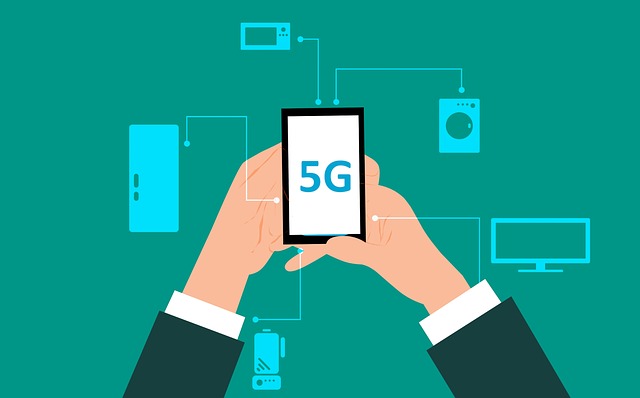Hundreds of millions of internet users from different parts of the world are already enjoying 5G. Canada, for instance, is one of the countries with the widest 5G coverage, where streamers, social media users and even casino Canada players enjoy the latest generation of internet access technology.
Coverage aside, 5G usage largely depends on slicing as a significant component of network transmission. This is because network slicing essentially makes it possible to overlay multiple virtual networks on top of a shared network. In our case here, that network happens to be the 5G network, which is a particularly incredible advancement given that previous generations of networks, such as 4G and 3G, could not support network slicing.
However, like any other new technology, network slicing in 5G comes with its own set of challenges that have been sparking debate since day one. Today we dig deeper into the 5G network slicing and how it works and also explore some of the most notable challenges it is facing. Of course, we’ll also take a look at solutions that can best neutralize the difficulties in question.
Table of Contents
What is 5G Network Slicing?
As we’ve already mentioned, network slicing involves combining digital signals into one shared medium on the same physical infrastructure. Each network slice can exist independently and vary from the other with its own set of individual characteristics, topology or even security features. Just as they can have all those specific features, each network slice can also independently serve different purposes. As such, this network slicing technology comes in handy as it brings all network slices together along with their associated features or services, thereby maximizing the transmission under one physical network.
With that in mind, network slicing presents an ideal situation for 5G providers. First and foremost, network slicing creates more revenue opportunities for them as they do not need to buy specialized hardware just for 5G. Additionally, network slicing also enables 5G operators to offer many different services that could not be offered under previous versions in the telecommunication industry like 4G.
Challenges and Security Concerns
In as much as network slicing is concerned, it may carry many positives, some of which we’ve looked at, particularly in 5G. However, on the other side of the coin, there are valid concerns and challenges that network slicing brings in 5G, especially when it comes to security. Here’s a quick breakdown of the said obstacles:
A Poorly Designed Network Slice Template
There’s a lot that could lead to the poor design of a network slice. It could be that or a network slice template that does not have up-to-date security patches making it easily susceptible to malware. Sometimes, the network slice may have just been designed improperly due to inadequate skill on the developer’s end.
Well, whatever the case, a is a poorly designed network slice template could affect the running of the 5G network by exposing information running through the network to significant threats. For instance, picture a nation’s intelligence services using a 5G network to relay information, and this information gets exposed because of a flaw in the network slice template. That’s a recipe for an impending disaster, right?
To mitigate against this risk, a viable solution will perhaps be the 5G providers verifying the correctness of the network slice template. In addition, there should also be a real-time security analysis of the specific network slice template.
Compromise of the Network Slices
There’s a possibility of compromise in the configuration of the specific 5G network slices, especially in the network’s Application Programming Interface (API). Mind you, the API allows programmers to access the functionality and modules of the 5G network. Therefore, should it be compromised, it could spell a lot of trouble for the network slices and, to a more considerable extent, the entire network.
The mitigative action, in this case, would be securing, monitoring, and auditing the APIs by the specific 5G network providers. If an API hack ends up compromising the installation, configuration or activation of a network slice, it would be a disaster for the network.
Performance Attacks on Specific Network Slices
The performance attacks can become particularly prominent during the run phase of a 5G network slicing launch. Such attacks may include Denial of Service, data exposure and privacy breaks, all of which usually spells trouble for any network involved.
Parting Shot
All said and done, it’s worth pointing out that all the challenges we’ve discussed usually affect network slicing in different phases. Below is a tabulated summary of the threats and when the network slicing architecture is most vulnerable.
| Point of Occurrence | Specific Threats |
| During the design phase | Exposure of network slice design templateFlaws in the network slice’s design |
| During the installation phase | Change in the configuration of network slicesFake network slices |
| In the operational phase | Denial of ServiceData ExposurePrivacy breaks |
As dire as some of these threats appear, it’s worth pointing out that they are problems that can be solved. As such, both operators and users have nothing to worry about if the correct procedures are implemented.


